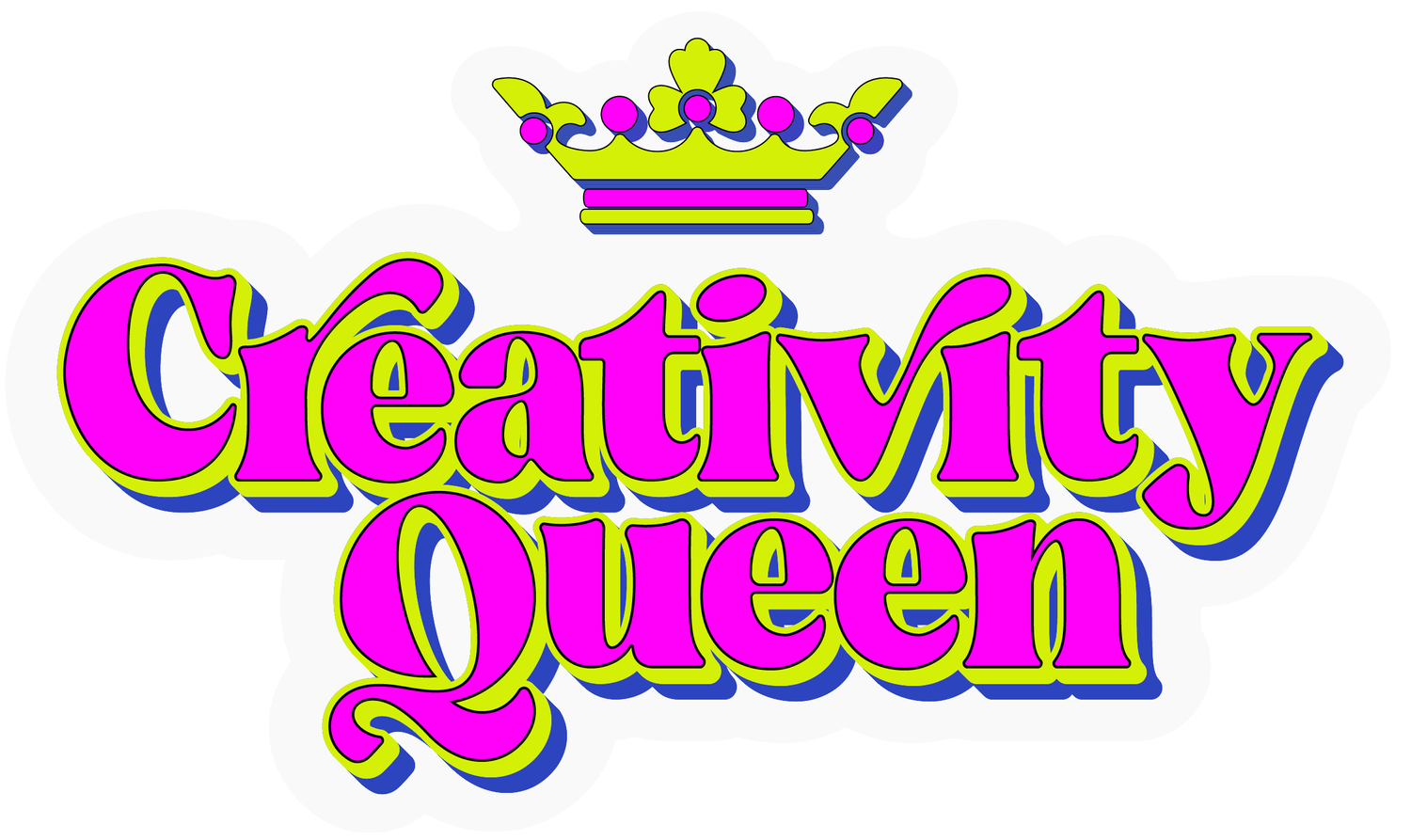Make Halloween Less Stressful for Children
Halloween children
Halloween can be a very difficult (and scary) time for children who experience anxiety, who have been exposed to trauma, for those who have a difficult time with self-regulation, children with sensory issues, or children who are impulsive; not to mention it can be very difficult for any child who has too much sugar!
Here are some ways to help make Halloween a successful one:
1. Set the schedule- Let children know where they are going and what they will be doing there, how long they will be there, and who will be there. Children who have issues with anxiety or those who have a hard time transitioning will benefit from a schedule to help them become aware of what will happen.
2. Listen to the underlying needs of your child- Halloween, unfamiliar or scary circumstances may trigger fear and anxiety in your child (regardless of their age). Listen to the message your child may be trying to convey if they become uncomfortable. Use it as an opportunity to help them find words to identify and validate their feelings. Even older children may be triggered by something scary, try to understand what they are feeling (even if they aren't able to express it).
3. Act respectfully- If your older child becomes scared and worried, don't demean them with "baby" comments or humiliate or shame them. Let them know it's not to do something if they are uncomfortable, before you start the activity (this is a great skill to teach children, so they can practice saying 'no thank you' in other difficult situations).
4. Have some safety rules- Be clear on what's expected, such as everyone will walk together, or we must hold a flash light when walking, and relay what will happen if they don't listen.
5. Be clear on what will happen with the candy- Some children to know the limits on how may pieces of candy they can have and when, otherwise the whole bag could be eaten. Be clear on the rules ahead of time to prevent sugar-shock meltdowns.
6. Be okay with things not going as you expected- You get to the front of the "haunted house" line and your child has to go to the bathroom, your child is at a doorstep and starts to cry when the neighbor opens the door, you spent days sewing the costume and it feels "itchy and hot" and your child refuses to wear it.
These can all be triggers that causes a child to feel and express anxiety and fear. Let go of the belief that they must do things, and understand it's much more important to help you child learn how to positively communicate (even when it's not at all what you expected).Halloween can be a fun holiday and for those children who have a difficult time with fear, transition, and impulsivity, it is also a great teaching opportunity too! If you child needs more support, let’s connect. Schedule a complimentary phone consultation to learn more.

